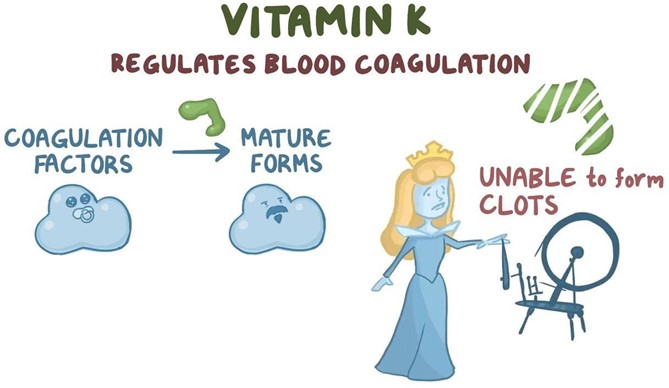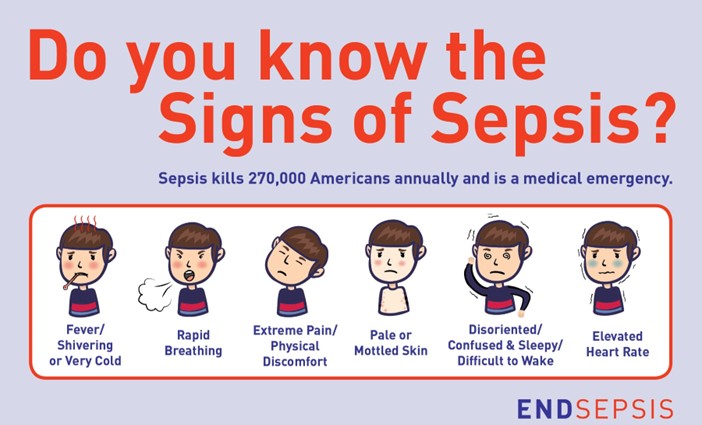The nurse assesses a newborn at 36 weeks' gestation, and the following behaviors are noted: nasal flaring, labored breathing, and excessive mucus. The nurse is most concerned about:
Select one:
Possible Meconium Aspiration Syndrome (MAS).
Possible polycythemia.
Possible Transient Tachypnea of the Newborn (TTN).
Possible Respiratory Distress Syndrome (RDS).
The Correct Answer is D
Choice A Reason: Possible Meconium Aspiration Syndrome (MAS). This is an unlikely condition for this newborn, as MAS occurs when fetal stool (meconium) enters into the lungs before or during birth, causing airway obstruction, inflammation, and infection. MAS usually affects term or post-term infants who experience fetal distress or hypoxia in utero.
Choice B Reason: Possible polycythemia. This is an unrelated condition for this newborn, as polycythemia refers to an abnormally high number of red blood cells in the blood, which can increase blood viscosity and impair circulation.
Polycythemia may occur in infants who have delayed cord clamping, intrauterine growth restriction, maternal diabetes, or high altitude exposure.
Choice C Reason: Possible Transient Tachypnea of the Newborn (TTN). This is a less serious condition than RDS, as TTN is a mild respiratory problem that results from delayed clearance of fetal lung fluid after birth. TTN causes rapid breathing, nasal flaring, grunting, and mild cyanosis. It usually resolves within 24 to 48 hours after birth.
Choice D Reason: Possible Respiratory Distress Syndrome (RDS). This is a serious condition that requires immediate intervention and treatment, as RDS can lead to life-threatening complications such as pulmonary hemorrhage, pneumothorax, or bronchopulmonary dysplasia. RDS causes respiratory distress, nasal flaring, retractions, grunting, and central cyanosis. It usually occurs within minutes to hours after birth.
Nursing Test Bank
Naxlex Comprehensive Predictor Exams
Related Questions
Correct Answer is D
Explanation
Choice A Reason: Vitamin K will increase erythropoiesis. This is an incorrect statement that confuses vitamin K with erythropoietin. Erythropoietin is a hormone that stimulates red blood cell production in the bone marrow. Vitamin K does not affect erythropoiesis.
Choice B Reason: Vitamin K will enhance bilirubin breakdown. This is an incorrect statement that confuses vitamin K with phototherapy. Phototherapy is a treatment that exposes the newborn's skin to light, which converts bilirubin into water-soluble forms that can be excreted by the liver and kidneys. Bilirubin is a yellow pigment that results from the breakdown of red blood cells. High levels of bilirubin can cause jaundice and brain damage in newborns. Vitamin K does not affect bilirubin metabolism.
Choice C Reason: Vitamin K will stop Rh sensitization. This is an incorrect statement that confuses vitamin K with Rh immune globulin. Rh immune globulin is an injection given to Rh-negative mothers who deliver Rh-positive babies, to prevent them from developing antibodies against Rh-positive blood cells in future pregnancies. Rh sensitization is a condition where the mother's immune system atacks the baby's blood cells, causing hemolytic disease of the newborn. Vitamin K does not affect Rh sensitization.
Choice D Reason: Vitamin K will promote blood clotting ability. This is a correct statement that explains the rationale for administering vitamin K as prophylaxis to newborns. Vitamin K is essential for the synthesis of clotting factors in the liver. Newborns have low levels of vitamin K at birth due to poor placental transfer and lack of intestinal bacteria that produce vitamin K. Therefore, they are at risk of bleeding disorders such as hemorrhagic disease of the newborn.

Correct Answer is D
Explanation
Choice A Reason: Hyperglycemia and increased appetite. This is an incorrect answer that describes symptoms of diabetes mellitus, not sepsis. Diabetes mellitus is a chronic metabolic disorder where the body cannot produce or use insulin effectively, which results in high blood glucose levels and impaired glucose tolerance. Diabetes mellitus can affect newborns if the mother has pre-existing or gestational diabetes, which can cause macrosomia, hypoglycemia, or congenital anomalies.
Choice B Reason: Increased urinary output and spitting up mucous. This is an incorrect answer that indicates normal or benign conditions, not sepsis. Increased urinary output is a normal finding in newborns, as they eliminate the excess fluid that was accumulated during pregnancy. Spitting up mucous is a common occurrence in newborns, as they clear their airways of amniotic fluid or secretions.
Choice C Reason: Wakefulness and ruddy appearance. This is an incorrect answer that suggests healthy or normal characteristics, not sepsis. Wakefulness is a sign of alertness and responsiveness in newborns, which reflects their neurological development and adaptation. Ruddy appearance is a reddish color of the skin that is normal in newborns, especially in term or post-term infants, which indicates adequate oxygenation and hemoglobin levels.
Choice D Reason: Temperature instability and lethargy. This is because temperature instability and lethargy are common signs of sepsis in newborns, which indicate systemic infection and inflammation. Sepsis is a life-threatening condition where the body's response to infection causes tissue damage, organ failure, or death. Sepsis can occur in newborns due to maternal, fetal, or neonatal factors, such as chorioamnionitis, premature rupture of membranes, prolonged labor, invasive procedures, or bacterial colonization.

Whether you are a student looking to ace your exams or a practicing nurse seeking to enhance your expertise , our nursing education contents will empower you with the confidence and competence to make a difference in the lives of patients and become a respected leader in the healthcare field.
Visit Naxlex, invest in your future and unlock endless possibilities with our unparalleled nursing education contents today
Report Wrong Answer on the Current Question
Do you disagree with the answer? If yes, what is your expected answer? Explain.
Kindly be descriptive with the issue you are facing.
